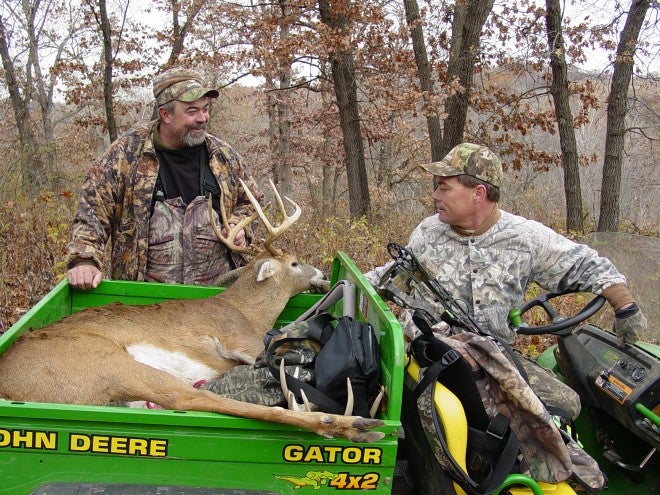Food Plot Success: 10 Quick Steps
Bob McNally 05.23.15

1) Select the site carefully. The plot should be in a good whitetail area, a place animals are not afraid to visit day or night.
2) The site should have good soil, not rocks, and should be well exposed to sun for proper crop growth.
3) Experts say food plots at least a quarter- to one-half acre in size are needed to truly benefit deer. On 200 acres, four to eight such size plots are good. Having a number of small plots is beneficial as hunting pressure is spread out to different sites.
4) Irregularly shaped food plots often attract deer best. An old, unused logging road is a good choice for a food plot if it meanders through woods, particularly on a ridge top where it’s exposed to sun and drains well.
5) Proper soil preparation is important. Tilling the ground with a plow or harrow is good, which can be done by hand or with an ATV.
6) Test the soil by taking a sample of food plot earth to a county agricultural agent or to a local college. They’ll recommend lime and fertilizer.
7) Learn what types of plants work best for your soil and area of the country. What grows well in Texas isn’t what necessarily works in Pennsylvania or Wisconsin.
8) Food plots are best for deer when used year-round by animals. Plant suitable crops in spring and fall so deer get the most nutrition from the site.
9) Keep records of what you plant, when, weather and soil conditions, successes, and failures. It saves money and time over the long haul.
10) Consider planting honeysuckle, persimmons, apples, and other deer foods around plot perimeters. Such plants do well on “edge” openings and provide deer additional food for not much more effort.